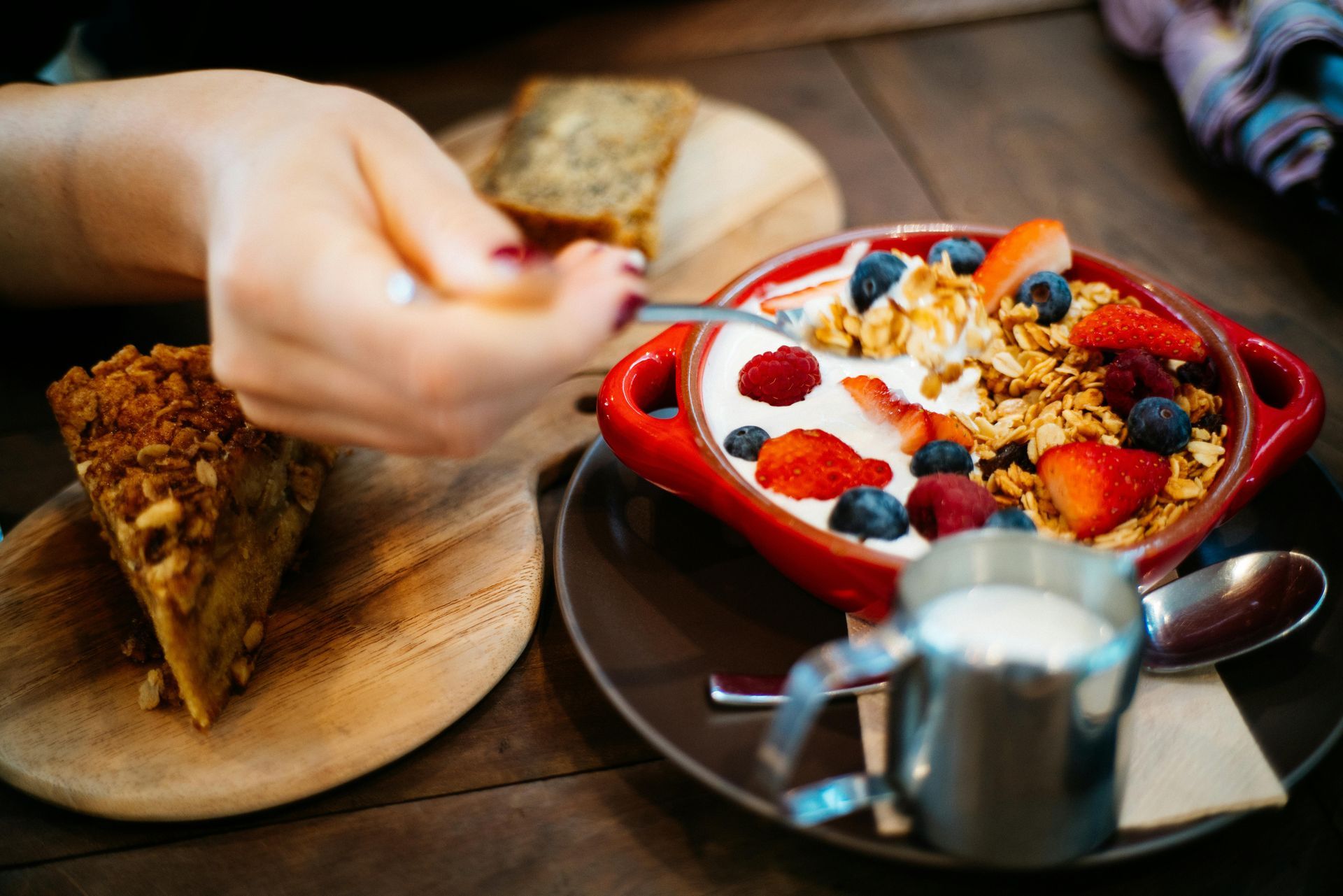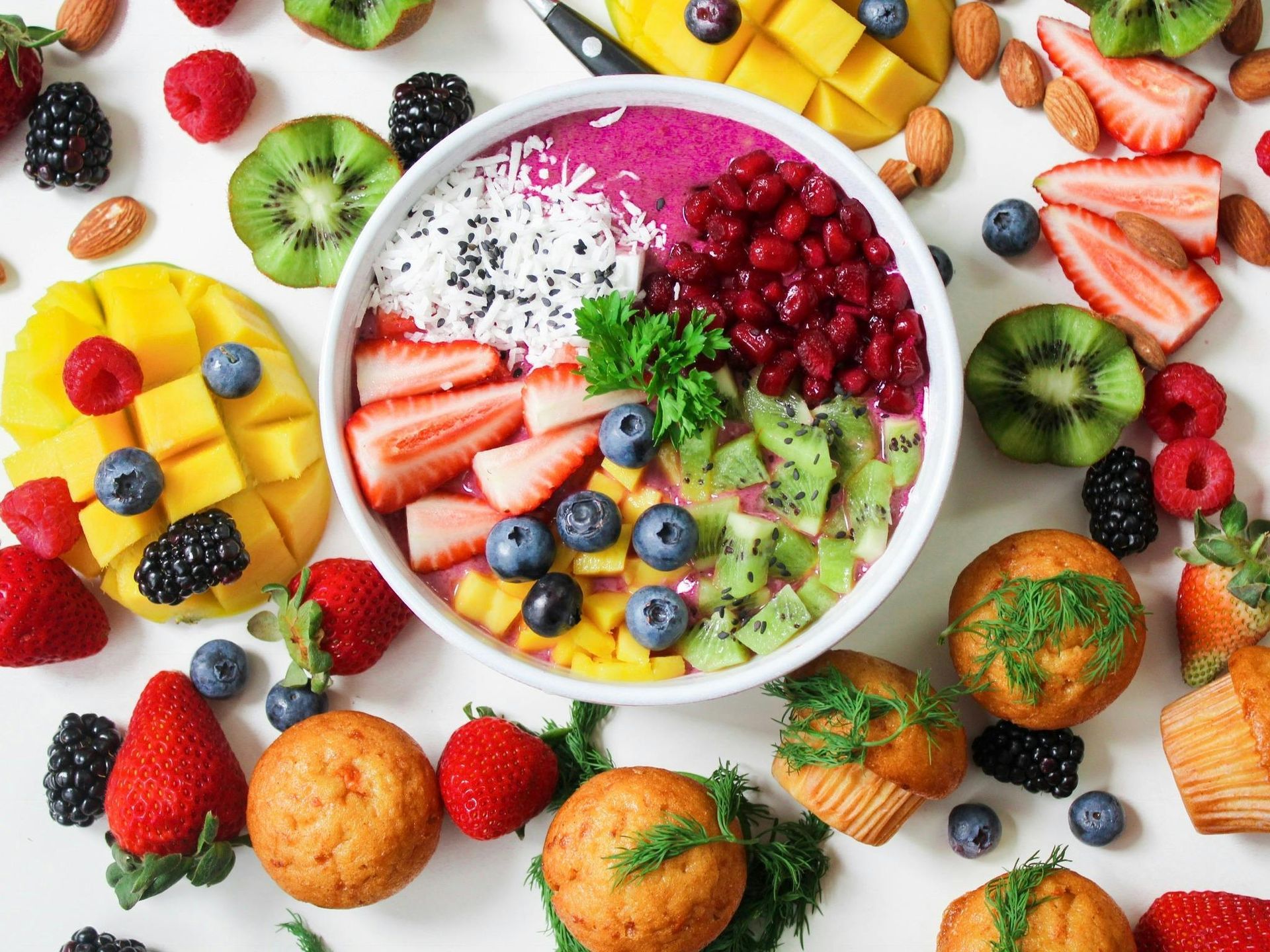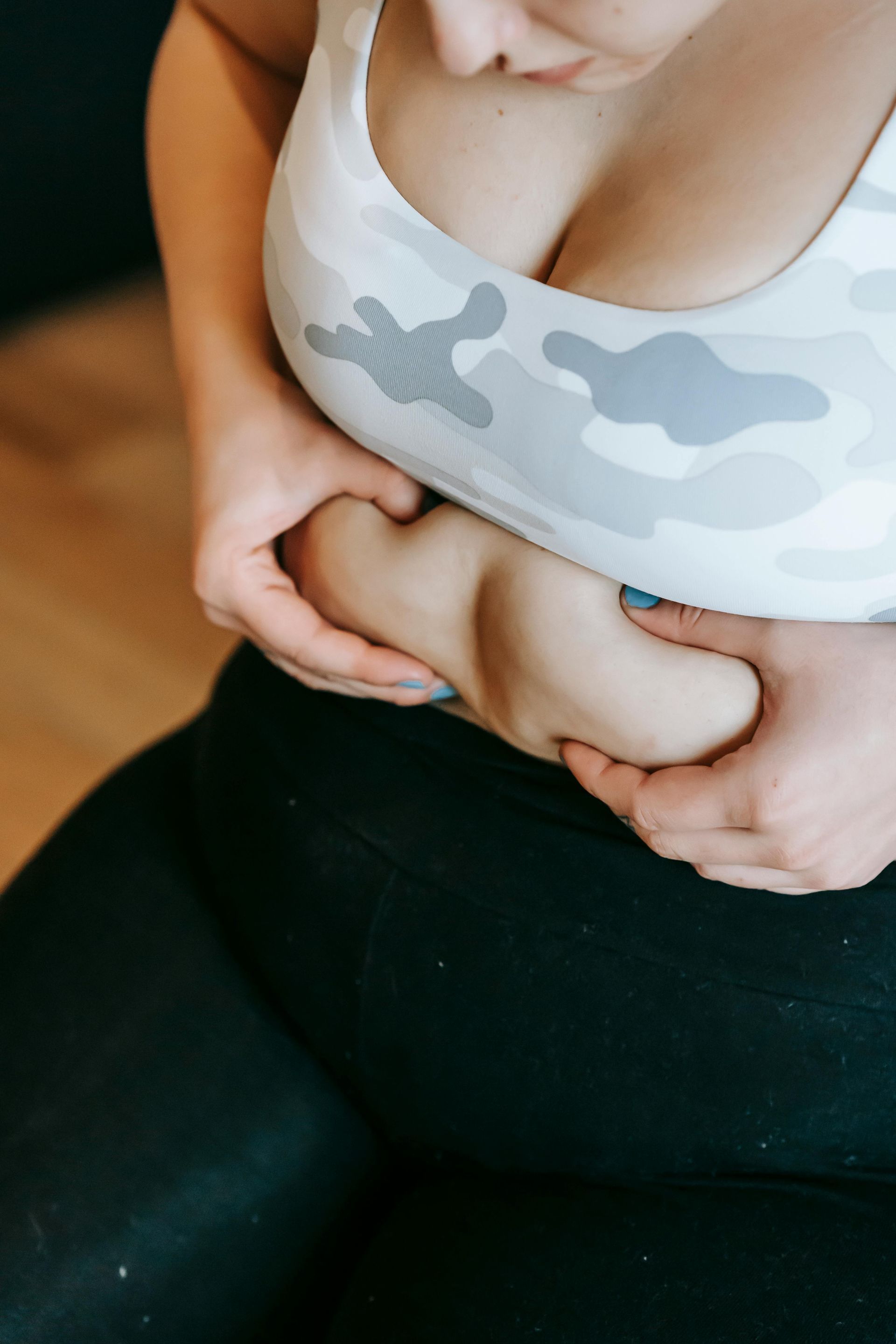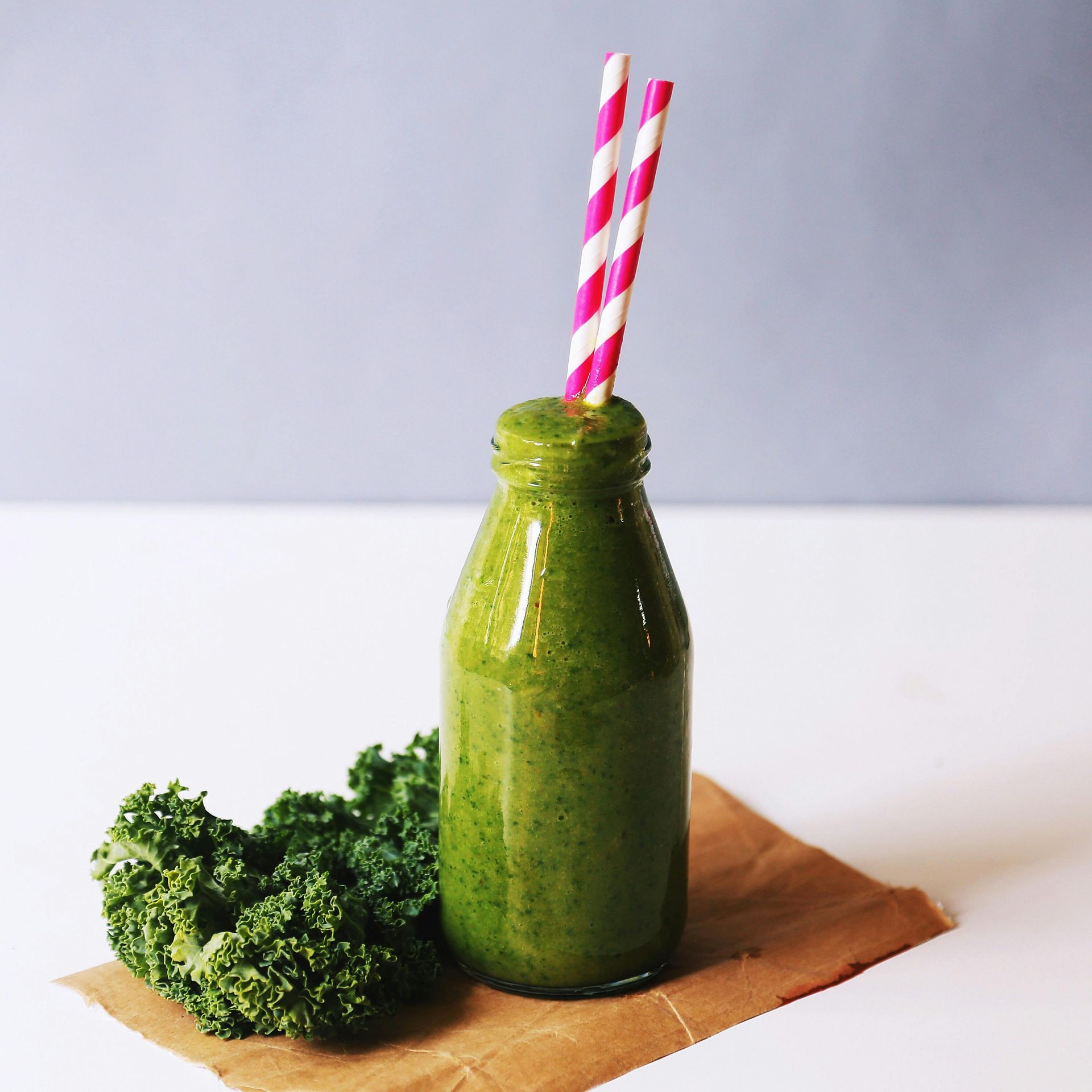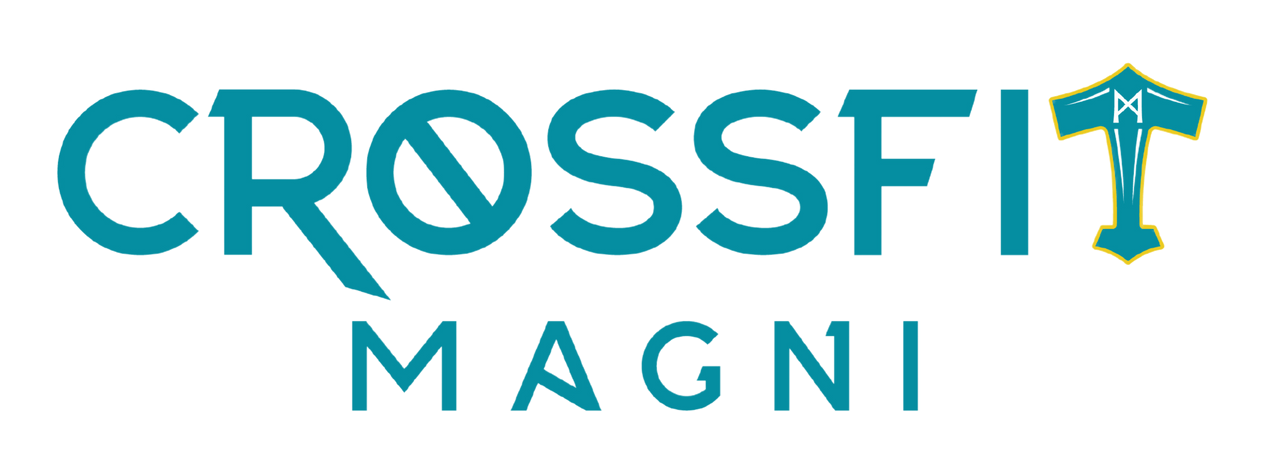By Catherine Iverson
•
September 15, 2025
It's a phenomenal change, but don't worry; it doesn't affect cognitive function, as the latest science proves. So, let's explore how you can empower your brain during this transformative life stage with our step-by-step guide for women's brain health during menopause. But first, what's happening within your brain during menopause? Understanding How Menopause Affects Your Brain: First, your hypothalamus, responsible for regulating body temperature, takes a hit from these hormonal changes, leading to those familiar hot flashes. Then, there's the brain stem, controlling your sleep-wake cycles, which hormonal fluctuations might disrupt, causing insomnia. Your emotional and memory centers, the amygdala and hippocampus, are sensitive to estrogen levels. As estrogen declines, mood swings and memory lapses may become noticeable. Moreover, this brain energy decline is linked to the formation of amyloid plaques associated with Alzheimer's disease. While these plaques aren't a definitive diagnosis, they are a crucial risk factor, highlighting the need for proactive measures to support your brain health during menopause. The Link Between Menopause and Alzheimer's Disease: Understanding menopause's connection to Alzheimer's disease is essential. Women have a higher risk of developing Alzheimer's than men, and this risk increases during menopause. Researchers suggest that Alzheimer's may have its roots in midlife, during menopause. This insight is essential as it provides a timeline for detecting early changes in the brain. Additionally, specific medical procedures that involve the uterus and ovaries, like hysterectomies or oophorectomies, have been associated with potential considerations regarding cognitive health. This highlights the importance of further research into understanding the brain's changes during menopause and how best to support it. 5 Actionable Steps for Women's Brain Health During Menopause: 1.) Eat Brain-Boosting Foods: Fuel Your Brain for Optimal Function Supporting your brain during menopause starts with making smart dietary choices, and the Mediterranean diet, celebrated for its health benefits, can be your trusted companion in maintaining cognitive function. The Mediterranean diet is more than just a meal plan; it's a lifestyle celebrated for promoting heart health, longevity, and, significantly, brain health. This eating pattern highlights whole, nutrient-dense foods that can be incredibly beneficial for your cognitive well-being. A distinctive feature of the Mediterranean diet is its inclusion of phytoestrogen-rich foods. These plant-based compounds have the remarkable ability to mimic the effects of estrogen in your body, helping to balance hormonal fluctuations that often accompany menopause. Here are some of these phytoestrogen-rich foods you can embrace: Flax Seeds: Benefits: Flax seeds are a powerhouse of phytoestrogens, particularly lignans. These compounds help regulate hormonal fluctuations during menopause, potentially reducing the severity of symptoms like hot flashes and mood swings. Incorporation: Sprinkle ground flax seeds over your morning cereal, yogurt, or oatmeal. You can blend them into smoothies for a nutty flavor and an extra nutritional punch. Sesame Seeds: Benefits: Sesame seeds contain lignans and other phytoestrogens, aiding in hormonal balance. They are also rich in essential minerals like calcium and magnesium, supporting overall bone health. Incorporation: Add sesame seeds to salads, stir-fried vegetables, or homemade energy bars. They lend a pleasant crunch and a subtle nutty flavor to dishes. Dark Chocolate: Benefits: Dark chocolate with higher cocoa content offers a double benefit. It contains phytoestrogens and antioxidants, protecting brain cells from oxidative stress and improving cognitive function. Incorporation: Enjoy a small piece of high-quality dark chocolate as an occasional treat. Opt for varieties with at least 75% cocoa content for maximum benefits. Chickpeas: Benefits: Chickpeas are a Mediterranean dietary staple, providing phytoestrogens and essential nutrients like fiber, protein, and folate. They contribute to hormonal balance and overall well-being. Incorporation: Use chickpeas in various dishes, such as hummus, salads, soups, or roasted snacks. They add a hearty, satisfying element to your meals. Lentils: Benefits: Lentils are another legume rich in phytoestrogens. They also offer a substantial amount of iron, essential for maintaining energy levels during menopause. Incorporation: Incorporate lentils into soups, stews, or salads. They cook relatively quickly and can be versatile to your Mediterranean-inspired menu. Whole Grains: Benefits: Whole grains like brown rice, quinoa, and whole wheat pasta contain phytoestrogens and provide a steady release of energy, aiding brain function. Incorporation: Substitute refined grains with whole grains in your recipes. Use brown rice as a base for Mediterranean-style bowls or whole wheat pasta in pasta dishes. These Mediterranean phytoestrogen-rich foods not only support hormonal balance but also contribute to the overall nutrient density of your diet. By including them in your meals, you can enjoy the delicious flavors of Mediterranean cuisine while nourishing your brain during menopause. Summary: Harness the power of a Mediterranean diet. Incorporate phytoestrogen-rich foods like flax seeds, sesame seeds, and even dark chocolate. These wonders can help maintain cognitive function. Add a small handful of flax seeds or nuts to your daily breakfast routine. 2.) Manage Stress: Your Hormonal Harmony Matters: Cortisol, often dubbed the stress hormone, has a dynamic relationship with estrogen. When stress levels are high, cortisol levels tend to rise as well. This increase in cortisol can disrupt the delicate balance of hormones, including estrogen, which plays a central role during menopause. Stress management is about feeling relaxed and supporting your hormonal equilibrium during menopause. Elevated stress can exacerbate menopausal symptoms such as hot flashes, mood swings, and sleep disturbances. It can also impact the overall quality of your life during this transition. Action: Prioritize Stress Reduction for Hormonal Stability: Habit: Dedicate 5 minutes to engage in deep breathing exercises or meditation. This small daily commitment can significantly benefit your hormonal balance and overall well-being. Deep Breathing Exercises: Find a quiet and comfortable space. Close your eyes and take a moment to connect with your breath. Inhale deeply for a count of four, allowing your abdomen to rise as you fill your lungs. Hold your breath for four counts, and then exhale slowly for a count of four. Repeat this pattern for five minutes. Deep breathing exercises help calm your nervous system, reduce cortisol levels, and promote hormonal stability. Meditation: Alternatively, consider a short meditation session. Find a serene place to sit comfortably. Focus on your breath, a calming mantra, or a guided meditation app for 5 minutes. Meditation can help cultivate mindfulness, reduce stress, and foster hormonal balance during menopause. You actively support hormonal harmony by dedicating 5 minutes daily to these stress-relief practices. As you make these practices a part of your routine, you empower yourself to navigate menopause with greater ease, potentially minimizing the impact of common symptoms. Summary: Cortisol, the stress hormone, works in tandem with estrogen. Reducing stress through yoga, meditation, or deep breathing helps stabilize your hormonal balance. Dedicate just 5 minutes daily to deep breathing exercises or meditation. 3.) Prioritize Sleep: The Foundation of Brain Health: Your search for optimal brain health during menopause starts with quality sleep. Restful sleep is the cornerstone of your overall well-being, particularly during this life stage. Understanding the significance of sleep can profoundly impact your journey through menopause. Insufficient or poor-quality sleep can exacerbate menopausal symptoms and adversely affect brain health. Sleep disturbances may intensify mood swings, memory lapses, and cognitive function, making it imperative to address sleep as a central aspect of your menopausal wellness plan. Action: Establish a Consistent Sleep Routine for Enhanced Brain Health: Habit: To support your brain and overall health, set and adhere to a consistent bedtime, even on weekends. A regular sleep schedule reinforces your body's natural circadian rhythm, optimizing the quality of your sleep. Creating a Bedtime Ritual: Craft a soothing bedtime routine that signals to your body that it's time to wind down. This may include reading a calming book, practicing gentle stretches, or sipping caffeine-free herbal tea. Creating a Sleep-Conducive Environment: Ensure your sleep environment is conducive to rest. Keep your bedroom dark, quiet, and comfortably cool. Consider investing in a comfortable mattress and pillows to enhance your sleep quality. Embracing these practices and dedicating yourself to a consistent sleep routine lays a strong foundation for your brain health during menopause. Quality sleep can help alleviate menopausal symptoms and promote cognitive function, empowering you to navigate this life stage with vitality and clarity. Summary: Prioritize Sleep: Your journey to brain health begins with quality sleep. Establish a regular sleep schedule and ensure you get enough rest. Poor sleep can worsen menopausal symptoms and affect your brain health. Set a consistent bedtime and stick to it, even on weekends. 4.) The Dietary Connection to Brain Health: Embrace Nutrient-Rich Foods: Dietary choices play a pivotal role when supporting your brain during menopause. Opting for nutrient-rich foods can be a game-changer, providing your brain with essential elements for optimal function. The Role of Omega-3 Fatty Acids: Omega-3 fatty acids in foods like fatty fish, flaxseeds, and walnuts are renowned for their brain-boosting properties. They can enhance cognitive function, improve memory, and support mood stability, making them especially beneficial during menopause. Antioxidants for Brain Protection: Antioxidants in colorful fruits and vegetables safeguard your brain from oxidative stress. They help protect brain cells from damage and promote overall brain health. Essential Vitamins and Brain Function: Essential vitamins like B vitamins (particularly B6, B9, and B12) are crucial for brain function. They play a role in neurotransmitter production and help regulate mood and cognitive processes. Action: A Simple Dietary Swap for Brain Health: Habit: Begin by replacing one daily snack with a serving of fresh berries or a handful of almonds. These choices are rich in antioxidants and healthy fats, giving your brain a nutritional boost. The Berry Advantage: Fresh berries, such as blueberries and strawberries, are delicious and packed with antioxidants that protect your brain cells from damage. They can enhance memory and cognitive function, making them an excellent addition to your diet. The Almond Advantage: Almonds are a source of healthy fats and vitamin E, which can support brain health. They provide sustained energy and can be a satisfying and brain-boosting snack option. By incorporating these nutrient-rich foods into your daily routine, you actively nourish your brain during menopause. These small dietary changes, such as enjoying fresh berries or almonds, can impact your cognitive function and overall well-being. Summary: Opt for a diet rich in brain-boosting nutrients such as Omega-3 fatty acids, antioxidants, and essential vitamins. These nutritional powerhouses support your brain during menopause. Replace one snack daily with a serving of fresh berries or a handful of almonds. 5.) Regular Exercise: Elevate Your Brain Health Through Physical Activity: Regular physical activity is pivotal to your brain health strategy during menopause. It not only aids in maintaining hormonal balance but also offers many advantages for your overall well-being, including enhanced brain function. Exercise contributes to hormonal equilibrium, mitigating some of the challenges associated with menopause. It can help alleviate mood swings, reduce the severity of hot flashes, and promote restful sleep. It stimulates the release of neurotransmitters, such as dopamine and serotonin, which play a crucial role in mood regulation. Additionally, exercise enhances blood flow to the brain, supplying it with vital nutrients and oxygen – essential for optimal brain health. Action: A Gradual Approach to Embrace Physical Activity: Habit: Embark on your exercise journey with a simple 10-minute daily walk. This small yet consistent commitment allows you to build a sustainable exercise routine. The 10-Minute Advantage: Starting with a brief daily walk is a manageable way to incorporate physical activity into your life. Begin by strolling around your neighborhood or a nearby park. As you grow more comfortable, gradually extend the duration of your walks. Progressive Increase: Over time, aim to extend your daily walk to 15, 20, or even 30 minutes. The key is gradual progression. You'll strengthen your physical health and nurture your brain's well-being. By embracing regular exercise, even through a simple daily walk, you empower your brain during menopause. Physical activity contributes to hormonal balance, enhances mood, and supports overall brain health, allowing you to navigate this life stage with vitality and resilience. Summary: Engage in physical activity – at least 150 minutes of moderate-intensity weekly exercise. Exercise not only helps maintain hormonal balance but also supports overall brain health. Start with a 10-minute daily walk and gradually increase the duration. The Upshot As you navigate the transformative journey of menopause, remember that your brain is an incredible ally. Despite hormonal changes, your cognitive function remains strong. Understanding the connection between menopause and brain health empowers you to make proactive choices. By embracing a Mediterranean-inspired diet rich in brain-boosting foods, managing stress through simple daily practices, prioritizing quality sleep, nourishing your brain with nutrient-rich foods, and incorporating regular exercise, you nurture your brain's well-being. These small yet powerful steps ensure you maintain cognitive function and celebrate your vitality during menopause. Approach this life stage confidently, armed with the knowledge to empower your brain and embrace the journey ahead. Your brain is your lifelong companion—nurture it and thrive. ________________________________________ Sources and Further Reading https://www.alz.org/media/documents/facts-and-figures-2018-r.pdf Brinton RD, Yao J, Yin F, Mack WJ, Cadenas E. Perimenopause as a neurological transition state. Nat Rev Endocrinol. 2015 Jul;11(7):393-405. doi: 10.1038/nrendo.2015.82. Epub 2015 May 26. PMID: 26007613; PMCID: PMC9934205. Yue X, Lu M, Lancaster T, Cao P, Honda S, Staufenbiel M, Harada N, Zhong Z, Shen Y, Li R. Brain estrogen deficiency accelerates Abeta plaque formation in an Alzheimer's disease animal model. Proc Natl Acad Sci U S A. 2005 Dec 27;102(52):19198-203. doi: 10.1073/pnas.0505203102. Epub 2005 Dec 19. PMID: 16365303; PMCID: PMC1323154. Mosconi L, Berti V, Quinn C, McHugh P, Petrongolo G, Varsavsky I, Osorio RS, Pupi A, Vallabhajosula S, Isaacson RS, de Leon MJ, Brinton RD. Sex differences in Alzheimer risk: Brain imaging of endocrine vs chronologic aging. Neurology. 2017 Sep 26;89(13):1382-1390. doi: 10.1212/WNL.0000000000004425. Epub 2017 Aug 30. PMID: 28855400; PMCID: PMC5652968. Perimenopause and the emergence of an Alzheimer's bioenergetic phenotype in the brain and periphery – https://journals.plos.org/plosone/article?id=10.1371/journal.pone.0185926 Increased Alzheimer's risk during the menopause transition: A 3-year longitudinal brain imaging study - https://journals.plos.org/plosone/article?id=10.1371/journal.pone.0207885 Mosconi L, Berti V, Quinn C, McHugh P, Petrongolo G, Varsavsky I, Osorio RS, Pupi A, Vallabhajosula S, Isaacson RS, de Leon MJ, Brinton RD. Sex differences in Alzheimer risk: Brain imaging of endocrine vs chronologic aging. Neurology. 2017 Sep 26;89(13):1382-1390. doi: 10.1212/WNL.0000000000004425. Epub 2017 Aug 30. PMID: 28855400; PMCID: PMC5652968. Increased Alzheimer's risk during the menopause transition: A 3-year longitudinal brain imaging study - https://journals.plos.org/plosone/article?id=10.1371/journal.pone.0207885 Sperling RA, Karlawish J, Johnson KA. Preclinical Alzheimer's disease-the challenges ahead. Nat Rev Neurol. 2013 Jan;9(1):54-8. doi: 10.1038/nrneurol.2012.241. Epub 2012 Nov 27. PMID: 23183885; PMCID: PMC3643203. Rocca WA, Bower JH, Maraganore DM, Ahlskog JE, Grossardt BR, de Andrade M, Melton LJ 3rd. Increased risk of cognitive impairment or dementia in women who underwent oophorectomy before menopause. Neurology. 2007 Sep 11;69(11):1074-83. doi: 10.1212/01.wnl.0000276984.19542.e6. Epub 2007 Aug 29. PMID: 17761551. Bove R, Secor E, Chibnik LB, Barnes LL, Schneider JA, Bennett DA, De Jager PL. Age at surgical menopause influences cognitive decline and Alzheimer's pathology in older women. Neurology. 2014 Jan 21;82(3):222-9. Doi: 10.1212/WNL.0000000000000033. Epub 2013 Dec 11. PMID: 24336141; PMCID: PMC3902759. Faubion SS, Kuhle CL, Shuster LT, Rocca WA. Long-term health consequences of premature or early menopause and considerations for management. Climacteric. 2015;18(4):483-91. doi: 10.3109/13697137.2015.1020484. Epub 2015 Apr 7. PMID: 25845383; PMCID: PMC4581591. https://www.menopause.org/docs/default-source/2017/nams-2017-hormone-therapy-position-statement.pdf Vetrani C, Barrea L, Rispoli R, Verde L, De Alteriis G, Docimo A, Auriemma RS, Colao A, Savastano S, Muscogiuri G. Mediterranean Diet: What Are the Consequences for Menopause? Front Endocrinol (Lausanne). 2022 Apr 25;13:886824. doi: 10.3389/fendo.2022.886824. PMID: 35546996; PMCID: PMC9084275. Barrea L, Pugliese G, Laudisio D, Colao A, Savastano S, Muscogiuri G. Mediterranean diet as a medical prescription in menopausal women with obesity: a practical guide for nutritionists. Crit Rev Food Sci Nutr. 2021;61(7):1201-1211. doi: 10.1080/10408398.2020.1755220. Epub 2020 Apr 24. PMID: 32329636. Quattrini S, Pampaloni B, Gronchi G, Giusti F, Brandi ML. The Mediterranean Diet in Osteoporosis Prevention: An Insight in a Peri- and Post-Menopausal Population. Nutrients. 2021 Feb 6;13(2):531. doi: 10.3390/nu13020531. PMID: 33561997; PMCID: PMC7915719.




